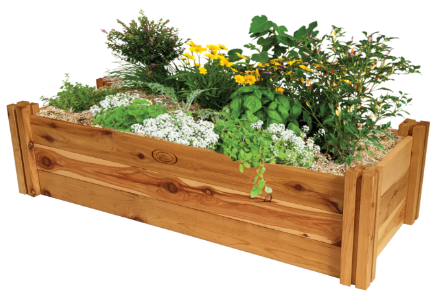In today's digital age, having a reliable internet connection is essential for both work and leisure. If you're new to technology, the thought of setting up a home router might seem daunting. However, with this beginner-friendly installation guide, you will find that the process is straightforward and manageable.

Understanding Your Router
Before diving into the installation process, it is important to understand what a router does. A router connects your home network to the internet, allowing multiple devices to access the web simultaneously. If you have ever wondered how your smartphone, laptop, and smart TV all connect to the internet at the same time, the answer lies in your router.
Gathering Your Tools
To ensure a smooth installation, gather the following tools and materials:
- Your new router
- Ethernet cable (usually included)
- Power adapter
- Internet connection (cable or DSL)
- Computer or smartphone for configuration
Beginner-Friendly Installation Steps
Now that you have your tools ready, let’s walk through the beginner-friendly installation process step by step:
- Connect the Hardware: Plug one end of the Ethernet cable into your modem and the other end into the WAN (or Internet) port on your router. Then, connect the power adapter to your router and plug it into an electrical outlet.
- Power On: Turn on your router and wait for the lights to stabilize. This may take a few minutes.
- Access the Router Settings: Using a computer or smartphone, connect to the router's Wi-Fi network. This network is usually labeled with the router's brand name. Open a web browser and enter the router's IP address (often found on the back of the router) to access the settings page.
- Configure Your Network: Follow the on-screen instructions to set up your Wi-Fi name (SSID) and password. Make sure to choose a strong password to keep your network secure.
- Connect Your Devices: Once your network is set up, connect your devices using the new Wi-Fi credentials.
Troubleshooting Common Issues
Even with a beginner-friendly installation, you may encounter some issues. Here are a few common problems and their solutions:
- If you cannot access the router settings, ensure your device is connected to the router's network.
- If the internet is not working, check all cable connections and restart both the modem and router.
- For weak Wi-Fi signals, consider repositioning your router to a more central location in your home.
Conclusion
Installing your first home router can be a rewarding experience. By following this beginner-friendly installation guide, you can enjoy a seamless internet connection throughout your home. For additional resources and tools to enhance your gardening experience, check out .








